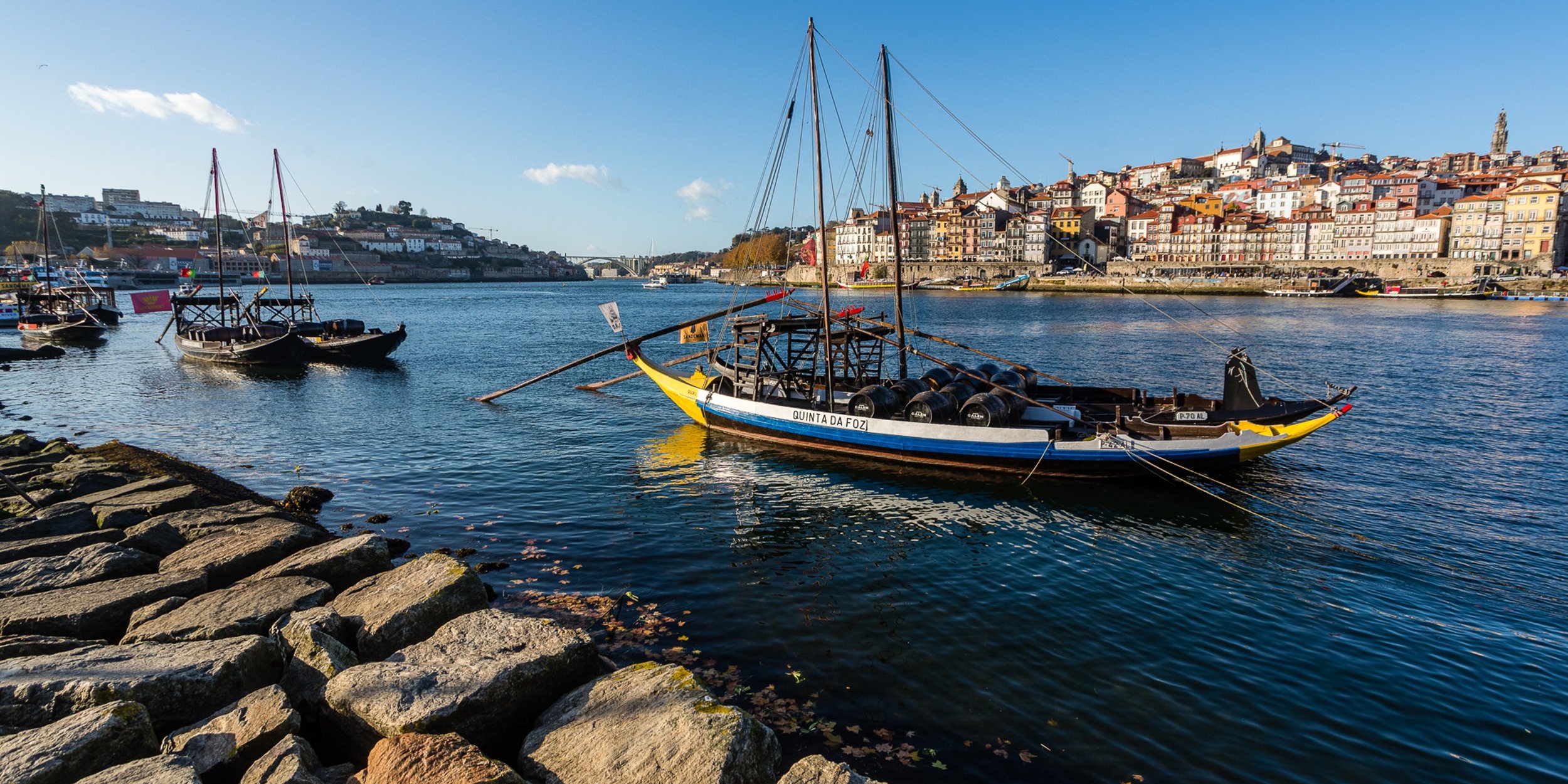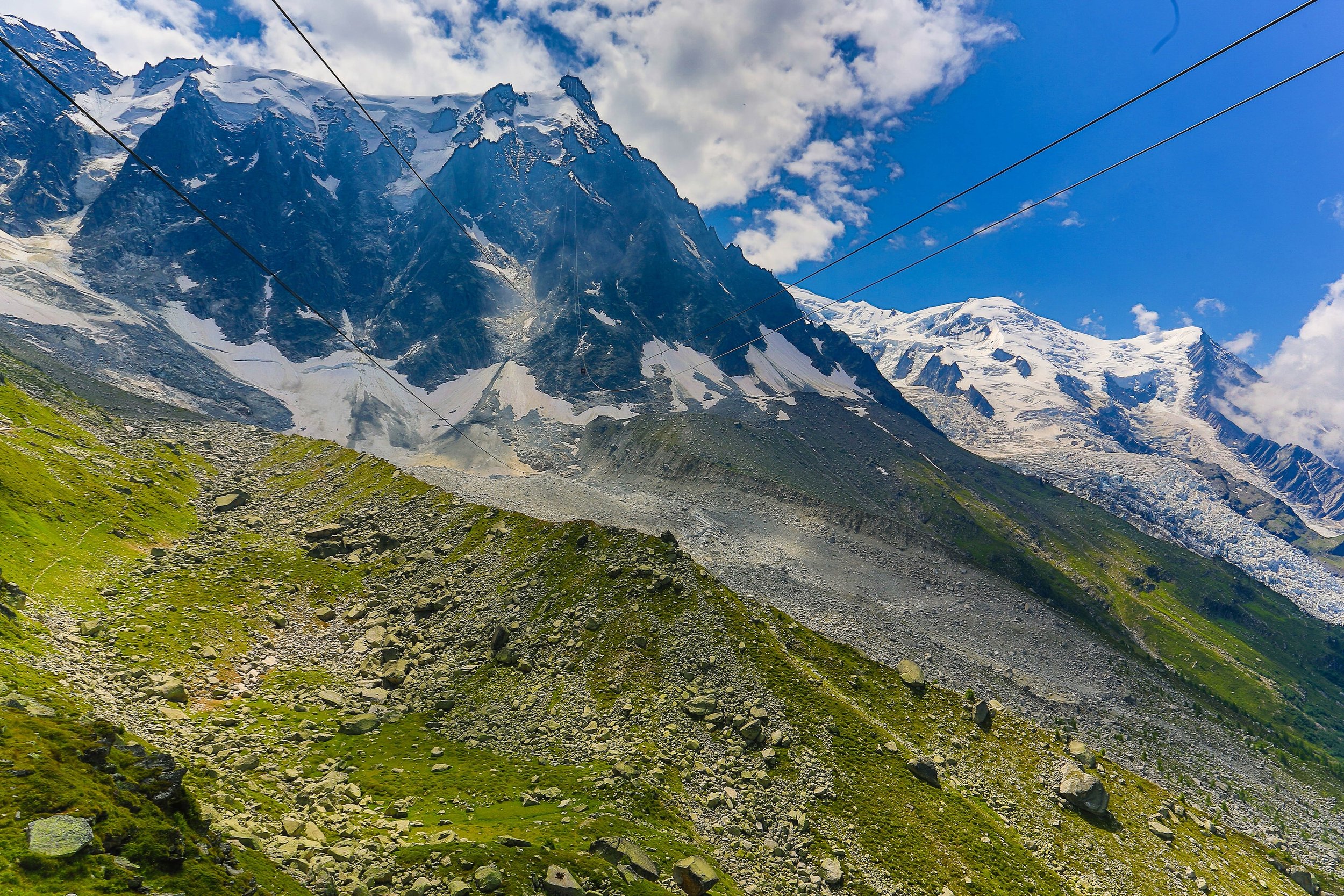Uxmal
The Mayan ruins at Uxmal, located in the Yucatan Peninsula of Mexico, dates back to around 600 AD, was a major ceremonial and administrative centre during the height of the Mayan civilisation.
In addition to the impressive architecture, Uxmal is also home to a number of other interesting ruins and artifacts, including the Great Plaza, a large public space that was likely used for ceremonies and other public gatherings, and the Temple of the Birds, a small temple that is thought to have been dedicated to the worship of the god of agriculture. Despite being abandoned for centuries, Uxmal has been well-preserved and offers visitors a glimpse into the sophisticated culture and technology of the ancient Mayans.
Sights & Culture
Perhaps a better site to explore than Chitchen Itza, Uxmal, is much less busy and seems to have more ruins, at least more ruins open to exploration. Between the Governor's House and the Turtle House a set of stone stairs gives an incredible view of the Magicians Pyramid rising up and out of the jungle, with pieces of other ruins visible as well, giving a sense of scale.
A view no spot at Chitchen Itza was able to match.
We also learned from our guide of a new discovery in the ingoing investigation, a female rain god who’s name translates to Chac-Blondie, a blond woman rain god, and opposite her a man, a trader or merchant. We got this information even before it was published in archaeological journals.
Piramide del Adivino
The Pyramid of the Magician, also known as the Pyramid of the Dwarf, is a towering structure located at the Mayan ruins of Uxmal in the Yucatan Peninsula of Mexico. The pyramid is believed to have been built by the ruler of Uxmal and is said to have been constructed in just one night by the mythical dwarf magician, Itzamna.
The pyramid stands at over 100 feet tall and is adorned with intricate carvings and sculptures. The pyramid's five levels are adorned with richly detailed stucco masks and figures, including the rain god Chaac, the god of the underworld, and the dwarf magician himself. The pyramid is also notable for the many inscriptions and hieroglyphs that adorn its walls, which provide valuable insights into the history and culture of the ancient Mayans.
Whilst not quite to the scale of the Great Pyramid at Chichen Itza, it is still impressive. You first see it from the rear, and the front view is more obscured by the other parts of the temple.
North Long Building
The North Long Building, located at the Mayan ruins of Uxmal in Mexico, is a structure that dates back to the late classic period of the Mayan civilization. It is believed to have been built around 600 AD and was likely used for a variety of purposes, including residential and administrative functions. The building is characterized by its long and narrow design, which is unique among Mayan structures. The building also offers some excellent examples of how Mayan arches are constructed.
The house of the birds
The building is characterized by its bird motifs, which are prominently displayed throughout the structure. The bird motifs, along with other carvings and sculptures, provide valuable insights into the beliefs and cultural practices of the ancient Mayans. The House of the Birds is considered a masterpiece of Mayan architectural design, demonstrating the advanced building techniques and artistic skills of the Mayan civilization.
The building is also significant in understanding Mayan astronomical knowledge, as the bird motifs and other design elements are believed to be representations of the Mayan calendar and other astronomical concepts.. When the Rain Gods nose is up, they are praying for rain, when down, they are thanking the god for water. They are never mixed, a temple will have one or the other. At first glance, they remind you of an elephant, a creature never seen by the Mayans, but on inquiry, the nose is inspired by the Tapir.
La Gran Piramide Uxmal
The Great Pyramid is notable for its size and design, with five levels that rise over 100 feet high. The pyramid is adorned with intricate carvings and sculptures, including representations of the Mayan gods and symbols of Mayan astronomical knowledge. The pyramid's design and construction demonstrate the high level of architectural skill and knowledge of the Mayan civilization and its longevity is a testament to the civilization's advanced building techniques.
Cuadrangulo de las Monjas
A wide square courtyard facing the Rain God’s temple, with the Magician’s Pyramid visible from the top corner, showcases just how well-preserved some of this site actually is. Cuadrángulo de las Monjas is a complex of buildings at the Mayan ruins of Uxmal, Mexico. It is known for its intricate carvings, sculptures, and frescoes, which offer insights into Mayan culture and beliefs. The complex served religious and administrative purposes and is one of the largest and most impressive structures at Uxmal.
High on the walls, where the plaster is gone, red handprints of the builders can be seen.
Juego de Pelota
Juego de Pelota at Uxmal, one of the largest Mayan cities, had its own unique features. The ball court at Uxmal is particularly notable for its size, as it is one of the largest and best-preserved ball courts from the ancient Mayan civilization. The court features high walls and narrow playing areas, reflecting the fast-paced and intense gameplay that was typical of the Mayan version of the game. In addition to its size, the ball court at Uxmal is also notable for its intricate carvings and sculptures, which provide further insight into Mayan culture and beliefs. The carvings depict scenes of the game, including players and spectators, as well as other cultural and religious imagery. Smaller than Chitchen Iza, it also has a far lower goal ring, making this version of the game far easier. One wonders how long the game could go on with one single goal to make victory.
La casa de las Tortugas
Near the Governor's house, the Turtle house is obvious due to the carved turtles on the roof line and are considered some of the most impressive examples of Mayan sculptural art. The House of the Turtles is a multi-tiered building with multiple rooms and is believed to have served a variety of purposes, including religious, administrative, and residential functions.
Palacio del Gobernador
The palace is one of the largest and most impressive structures at the Palenque site, and is believed to have served as the residence and administrative center of the city's rulers. The Palace of the Governor is particularly notable for its well-preserved frescoes, which depict scenes of Mayan daily life, religion, and mythology. The palace is also believed to have served as a religious center, with a temple dedicated to the Mayan deity Chaac located on its roof.
On 21st December, the temple wall is lined up to the sunrise. At midday (more or less) all of the frescos are in shadow from the lip of the roof only the noses are lit, showing the hidden body of the great two-headed snake. An incredible feat of both engineering and of patience.
Our guide took five years to get himself a photo of the aligned sunrise, gaining early access through friendships and crates of beer.
Restaurants & Bars
There are several restaurants located within the archaeological site, serving traditional Mexican cuisine, including tacos, enchiladas, and tamales, as well as international dishes. In addition, there are also food stalls selling snacks, drinks, and light bites.
Shopping
At the archaeological site, there are several shops selling souvenirs and gifts, including locally made crafts, textiles, and traditional Mexican items. Visitors can find a variety of items, including pottery, jewelry, clothing, and traditional musical instruments, all of which make unique and memorable souvenirs of their visit to the ruins.
In addition to the shops at the site, there are also street vendors selling a range of crafts.





























